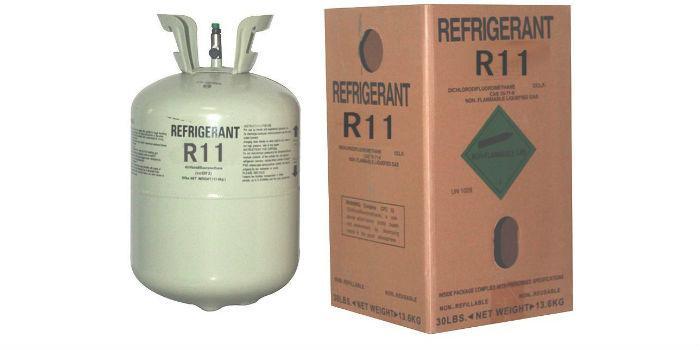 International. Delegates, representatives, civil society groups, implementing agencies and industry stakeholders gathered in Vienna for the 40th Open Working Group (OEWG) of the Montreal Protocol. This annual meeting is a critical opportunity for multilateral deliberations informed by scientific assessments in the months leading up to the 30th Meeting of the Parties in November, which serves as the Protocol's formal decision-making body.
International. Delegates, representatives, civil society groups, implementing agencies and industry stakeholders gathered in Vienna for the 40th Open Working Group (OEWG) of the Montreal Protocol. This annual meeting is a critical opportunity for multilateral deliberations informed by scientific assessments in the months leading up to the 30th Meeting of the Parties in November, which serves as the Protocol's formal decision-making body.
With more than 140 national delegations on hand, representatives met in the context of an urgent challenge to more than 30 years of ozone recovery.
Addressing reports of a persistent increase in emissions of ozone-depleting CFC-11, Tina Birmpili, Executive Secretary of the United Nations Ozone Secretariat for the Environment, opened the meeting and recalled that the world now expects the Protocol to respond and take action. "It is right now that the mechanisms of the international community are more valuable than ever," Birmpili said. "We can't relax our vigilance for a second. We cannot let this go unresolved. Any illegal consumption and production of CFC-11 demands decisive action."
First discovered by members of the Montreal Protocol Scientific Assessment Panel and published in Nature, delegates presented themselves with evidence of five key findings.
Since 2013, the annual decline in the concentration of CFC-11 has been only half of what it was in the previous decade (2002-2012).
CFC-11 emissions increased after 2012 and have remained elevated in every year since.
Currently available monitoring data suggest that East Asia is the source of these emissions.
The scale of observations suggests an undeclared production of CFC-11 after the 2010 global phase-out.
Despite the accounts submitted to the parties, the exact sources of these emissions have not yet been fully verified or taken into account.
The reaction of the parties gathered there emphasized the need for an urgent response based on a full review of the latest findings. In a process that reflected the careful combination of rigorous science and collaborative action that has made the Montreal Protocol one of the most successful and impactful multilateral agreements in the world, delegates unanimously agreed to quantify, locate and definitively stop these emissions.
Sent to the Meeting of the Parties for action delegates, a radical response was requested, highlighted by three immediate next steps.
The Scientific Assessment Panel shall provide the Parties with a summary report on the unexpected increase in CFC-11 emissions, including additional information on atmospheric monitoring and modelling with respect to such emissions.
The Technology and Economic Assessment panel shall provide parties with information on potential sources of CFC-11 emissions and related controlled substances of potential production and uses, as well as from banks, which may have led to CFC-11 emissions in unexpected amounts in the relevant regions.
All parties must submit relevant scientific and technical information on the monitoring of related emissions by March 1, 2019.
Other key issues addressed by this body include an assessment of opportunities to improve energy efficiency in the refrigeration and air conditioning sector while eliminating HFCs and the implementation of the Kigali Amendment, including controlled substance destruction technologies and data reporting.
The 30th Meeting of the Parties (RdP 30) to the Montreal Protocol on Substances that Deplete the Ozone Layer is scheduled to meet from 5 to 9 November 2018.
Source: United Nations Environment Programme.














